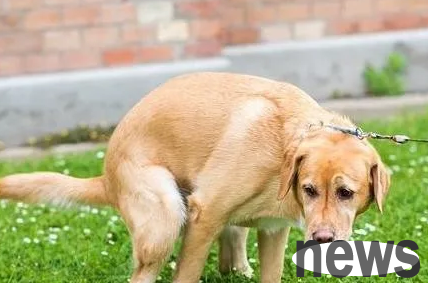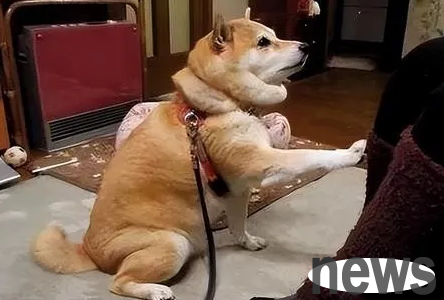People who raise dogs may have had this experience: when you are sitting on the sofa reading or watching TV quietly, your dog suddenly runs over and gently "pulls you" with your little paws. Many people mistakenly think that this is a dog...
People who raise dogs may have had this experience: when you are sitting on the sofa reading or watching TV quietly, your dog suddenly runs over and gently "pulls you" with your little paws.
Many people mistakenly think that this is a dog inviting you to play together, but in fact, there may be more deep meanings hidden behind this.
Every action of a dog is a reflection of its emotions and needs. So, what does the behavior of "pulling you" represent? Let's continue to look down!

1. The secret behind the "pulling" behavior
The dog's "pulling you" behavior may be the first thing that it is trying to establish a closer connection with you. Dogs are sociable animals that desire to establish a deep emotional bond with their owners.
By "pulling you", the dog may be expressing its dependence and trust in you, hoping to interact and communicate with you more.
In addition, the "pulling" behavior may also be that the dog is conveying a certain need to you. For example, it may be hungry and needs feeding you; or it may want to go out and hope you can take it out for a walk.
Dogs can't speak, so they can only communicate with their owners through body language. As owners, we need to learn to observe and interpret these signals to better understand the needs and emotions of the dog.
2. How to respond to dogs' "pulling" behavior
When dogs "pulling you", the most important thing is to give a positive response. You can touch it gently, or say a few words to it so that it can feel your attention and love.
At the same time, you can also observe other behavioral manifestations of the dog, such as whether it wags its tail, licks its nose, etc., to more accurately judge its needs and emotional state.
If the dog's "pulling" behavior is accompanied by other obvious demand signals, such as staring at the food bowl or running towards the door, then you should meet its needs based on these signals.
For example, feed it, take it out for a walk, etc. This will not only enhance the tacit understanding and trust between you and your dog, but also allow the dog to feel the warmth and security of home.

3. Cultivate tacit understanding and trust with dogs
If you want to establish a better tacit understanding and trust relationship with dogs, in addition to correctly responding to their "pulling" behavior, you also need to interact and communicate with dogs more in your daily life.
For example, take it out for walks and play regularly, give it enough attention and care, etc.
At the same time, you should also pay attention to providing a good living environment and a balanced nutritional diet to ensure that your physical health and psychological happiness.
In addition, it is also very important to understand the habits and behavioral characteristics of dogs.
Different breeds of dogs have different personalities and needs. Only by deeply understanding their characteristics and habits can we better take care of and accompany their growth.
For example, some dogs like to play and interact, while some prefer quiet and alone; some dogs are very loyal and dependent on their owners, while others may show a certain degree of independence.
Therefore, as an owner, you need to take care of and accompany your pet dog in accordance with your aptitude.
Conclusion:
In short, "I only realized after raising a dog that the dog 'pulls you' is not trying to play with you" contains many profound meanings.
Dogs' "pulling" behavior is not only a way of communication, but also a reflection of their emotions and needs.